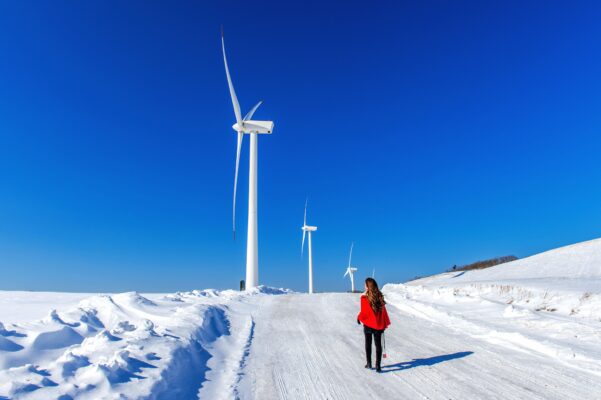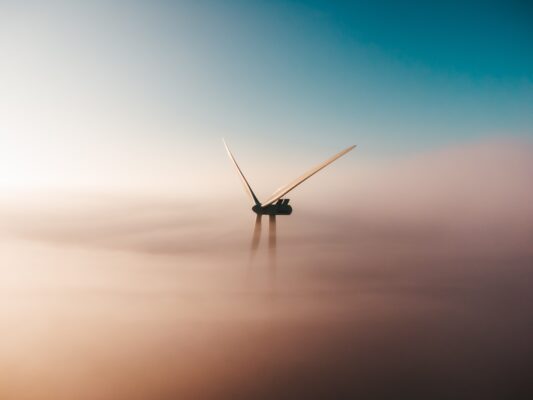Stretching across an expansive 450 square kilometers and connected by a 700 km road network, the Markbygden 1101 wind farm is a marvel of modern engineering. Scheduled for completion in 2025, it will eventually comprise a staggering 1101 wind turbines! The project is being rolled out in three major phases, each having several concurrent sub-projects. Once completed, its total energy capacity will reach up to 4,000 MW. The electricity generated will be fed into 400 kV cables, and from there, it will be distributed to consumers across Sweden via the national grid. The ambition of the project makes it one of the largest wind power endeavors globally.
Chilled winds, charged wires
One of the most intriguing aspects of Markbygden 1101 is its strategic location. Nestled between two river valleys on a plateau, the wind farm exploits the natural acceleration of wind over hills to maximize energy production. This wind acceleration effect is particularly pronounced during the winter months, a period when electricity consumption is at its peak. The subarctic climate of northern Sweden ensures that the wind turbines operate efficiently during colder months, making it an ideal location for such an ambitious project.
Currently, the project is in its final phase — Phase 3. Authorized in June 2018, the phase aims to install an additional 442 wind turbines across about 150 square kilometers, thereby adding a total energy capacity of 1,350 MW to the overarching project.
Hurdles on the way
However, the project has recently encountered significant challenges. Markbygden Ett AB, a partial owner, entered a restructuring process due to financial difficulties. A key issue was a Power Purchase Agreement (PPA) with Norsk Hydro, which became unprofitable. The lower-than-expected energy generation since February 2023 has led to a shortfall in the agreed electricity supply, resulting in financial losses and a claim for non-delivered power amounting to approximately €12 million.
Despite these challenges, it is crucial to note that the difficulties faced by Markbygden 1101 do not undermine the overall profitability and potential of wind power. These issues are specific to the project’s unique circumstances and contractual agreements. The case of Markbygden 1101 serves as a learning opportunity within the renewable energy sector, highlighting the importance of adaptable and resilient financial and operational planning in large-scale sustainable projects.
Lubrication in the cold
An often overlooked but crucial aspect of operating wind turbines in subarctic climates like northern Sweden is the need for specialized lubrication. In such cold temperatures, traditional lubricants can thicken or even freeze, causing increased friction and wear on moving parts. Ensuring that the 1,101 wind turbines at Markbygden 1101 have proper lubrication suitable for colder environments is essential for maintaining their long-term operational efficiency and integrity. To mitigate these challenges, specialized synthetic lubricants, such as SKF’s LGWM 1 and LGWM 2, designed to perform optimally even at extremely low temperatures, should be used.



